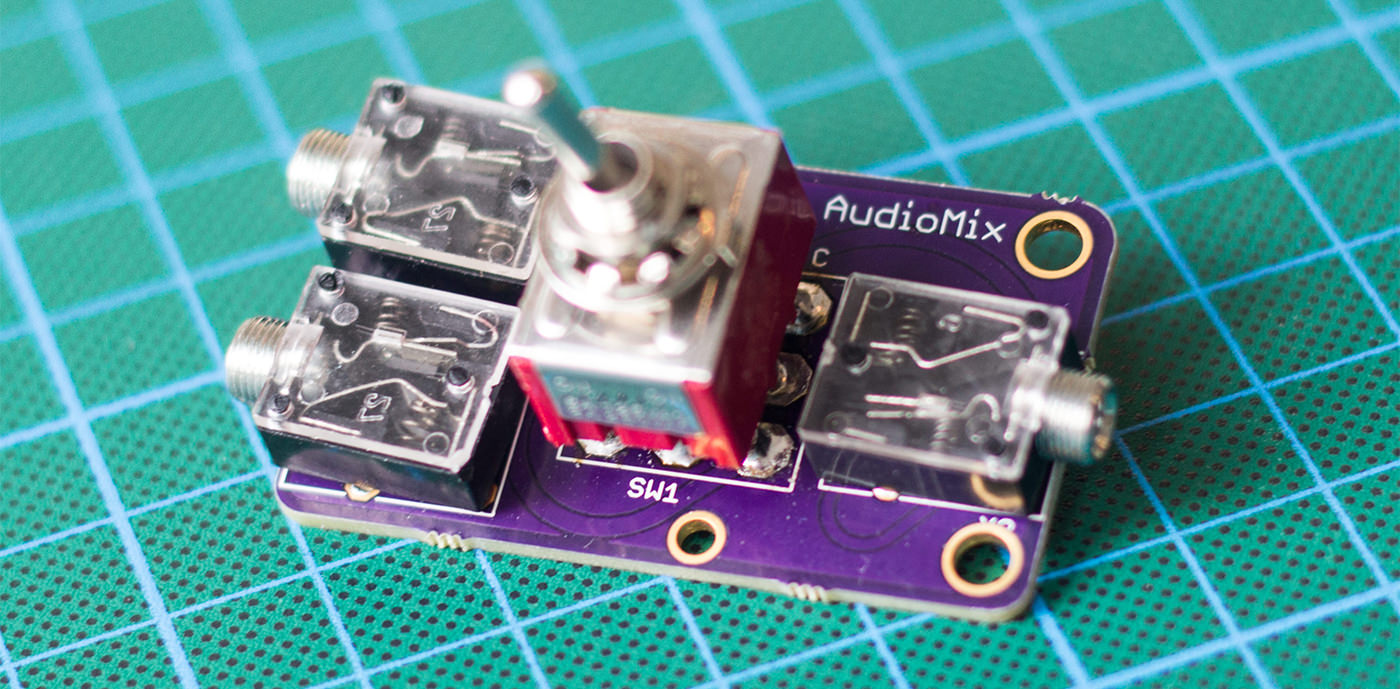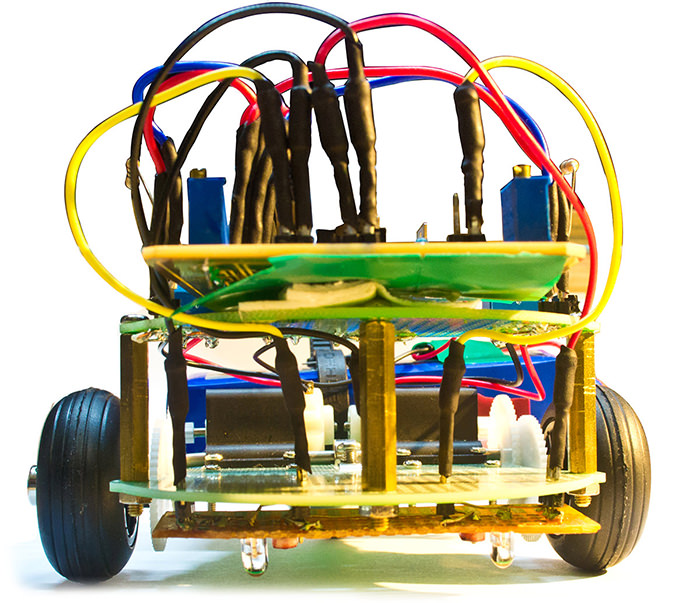
I moved to Berlin a few months ago to start working as Lead Electronics Engineer at UNU Motors. As soon as I found my own place (after spending three months apartment hunting), I decided to buy a good audio monitor, so I could listen to music and watch videos with a decent audio quality. My choice was a BX5 M-Audio audio monitor, great speaker at a very good price. The only annoying thing is that every time I wanted to listen music from my computer, I had to take the P2 plug from the RaspberryPi (running OSMC) and connect to my mac, and vice versa… To fix this problem, I decided to make a small PCB where I can plug everything together and then flip a switch to toggle inputs.

